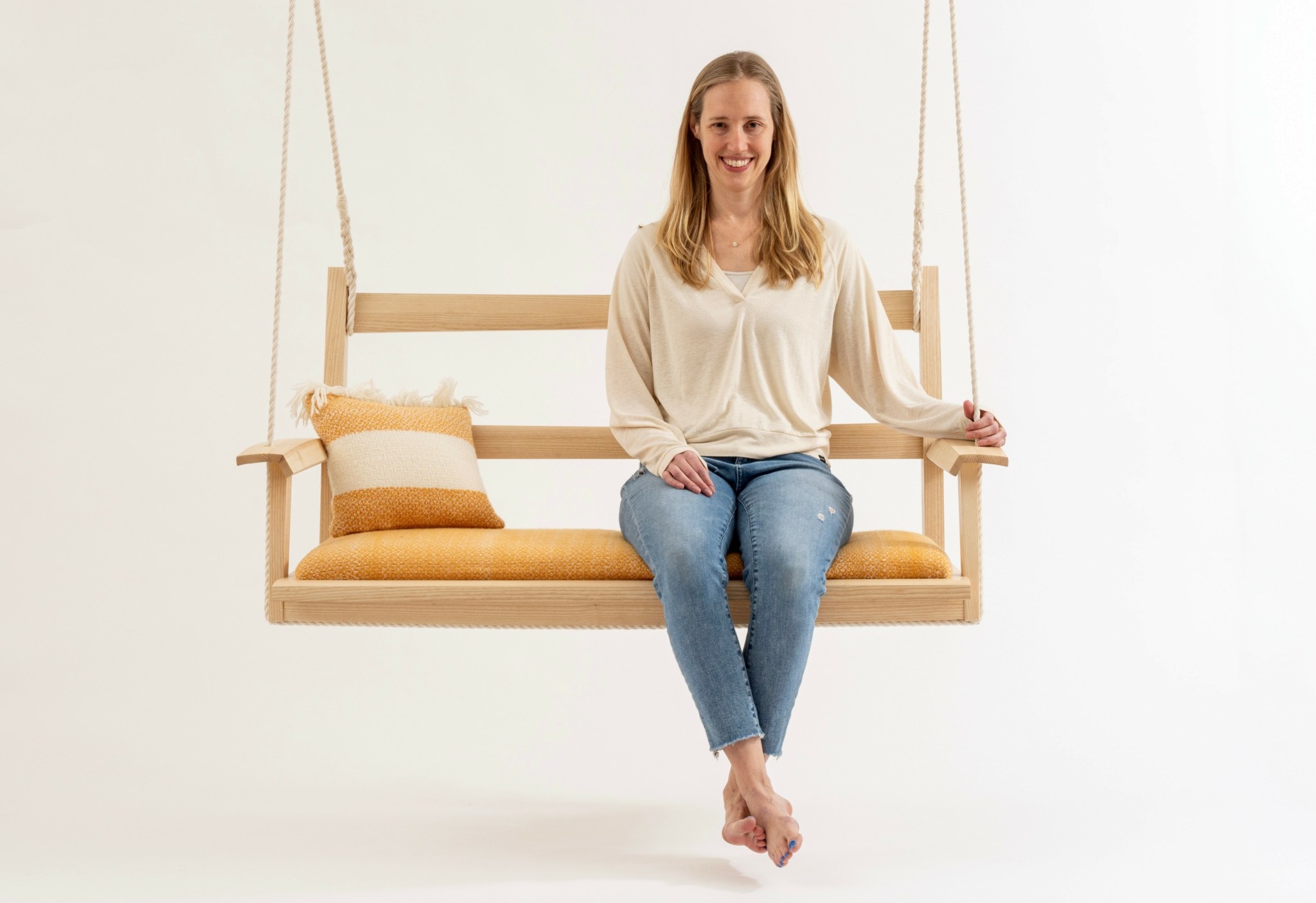Have you ever had a friend look at a business and randomly throw out numbers that made it seem like that business owner must be making serious bank? We’ve experienced that many times, and know from conversations with operators and owners in those industries that their real profitability is often far, far less. The reason is often that there are unique challenges to profitability in almost every industry and so we wanted to create a space for entrepreneurs from across industries and markets to discuss the challenges to profitability in their industries.
Mary Rankin

One of the biggest challenges to profitability in the wellness and skincare industry today is standing out in a saturated market. The space is increasingly crowded, with new brands, innovations, and even celebrities entering the scene, each promising unique benefits and proprietary ingredients. This influx has led to consumer fatigue, as audiences become more selective, often gravitating toward familiar faces or heavily marketed celebrity-backed products. For emerging brands like SkinSips, which focuses on science-backed ingredients and unique benefits like antioxidant support and skin health, the challenge lies in breaking through this noise to build trust and awareness. Competing against massive budgets and well-known public figures requires innovative marketing strategies and a clear brand message that resonates with consumers looking for authentic, effective solutions. Read more>>
Alexi Elias

Being a visual artist usually doesn’t mean profits or financial success. Materials are getting more expensive to purchase, which cuts into profit margins. Postage fees have also increased since 2021. You can be very, very good and have a hard time making a profit as an artist. The biggest reason is that most people do not actually purchase original art because it is viewed as a luxury item and not a necessity. An art exhibition will also cost the artist money as well as seasonal art markets with high booth fees. When the economy is not doing well people are less likely to purchase artwork due to needing to spend their money on necessities and essentials. Costs are rising for the average person and they are cutting back where they need to. I make most of my side income off of commissions, not original artwork. Read more>>
Tanecia Britt

“The Illusion of Profitability: How BVN is Carving a Sustainable Path Through Creativity” It’s easy to look at the film and media industry from the outside and assume it’s all red-carpet premieres and lucrative deals. But in reality, profitability is a challenge that demands constant balancing between passion, investment, and an ever-evolving marketplace. The biggest hurdle to profitability in my industry—and specifically with Black Vine Network (BVN)—has been sustaining a mission-driven vision within a model that typically prioritizes mainstream, high-budget projects over original voices. Read more>>
Charles Davis

The biggest challenge in our industry for profitability are clients believability that our services will give the R.O.I. (return of investment) desired. A company without marketing is like someone blowing a kiss to someone they like in the dark. The product is there but the target audience does not see it. A client that believes the money spent on marketing will give them more money than they spend, would definitely spend more on marketing. The more believable the marketing proposal the more money a client will spend with our company. Read more>>
Luz Dary Nino

As a new business owner, I find that one of the biggest challenges to profitability is definitely competing with large corporations. They have the advantage of scale, which allows them to offer lower prices in their products. But, if we take this challenge as an opportunity to demonstrate that small businesses care more about quality over lower prices. To address this, we focus on sharing with consumers about the value of specialty coffee. We emphasize the unique flavors, ethical sourcing, and quality that come with our products. Sharing the story behind each coffee—such as the farmers and communities involved—helps customers understand more about our purpose of working directly with farmers. Read more>>
Bonnie Hawk

As a mentor once said “the more you touch the wood, the less money you make.” Handcrafting fine-furniture is exceptionally time-consuming. That is one of the joys of this work; I can get so consumed working with wood, that hours pass like seconds, and I forget to stop for lunch. But it is also one of the challenges of making fine-furniture as a business–it is hard to achieve remuneration for all your efforts. Like with anything, there is a balance. I’m learning where to invest the time in a certain detail, and where to embrace processes of efficiency to maintain a profit margin. Woodworking is also an excellent antidote for perfectionism. While we require tiny tolerances (can you measure 1/64th of an inch?) we also have to learn to say “this is good enough.” No one survives in this industry without having a bit of hustle in their step, which is ironic, because I make slow, slow, extremely slow furniture. Read more>>


